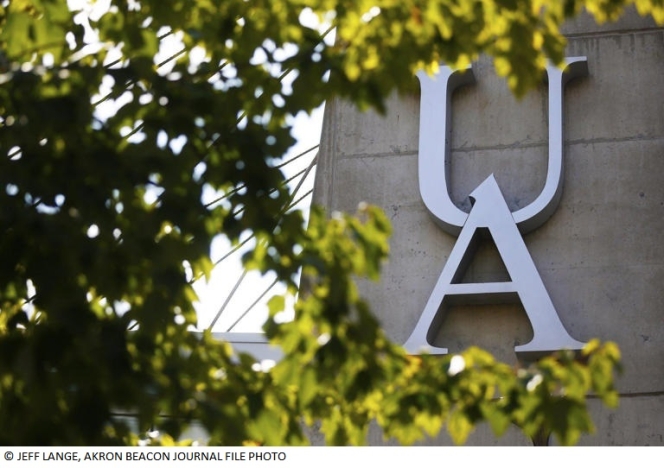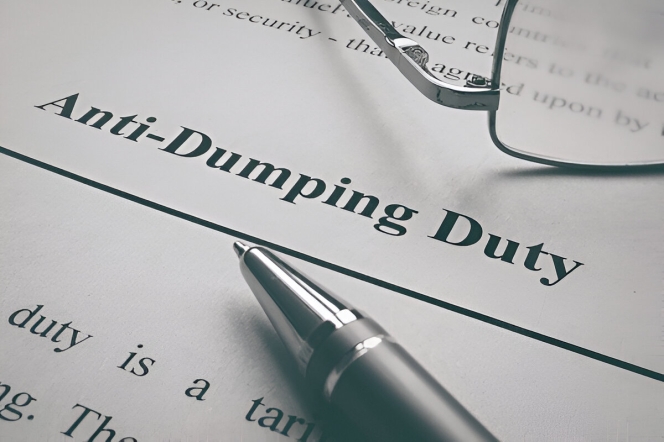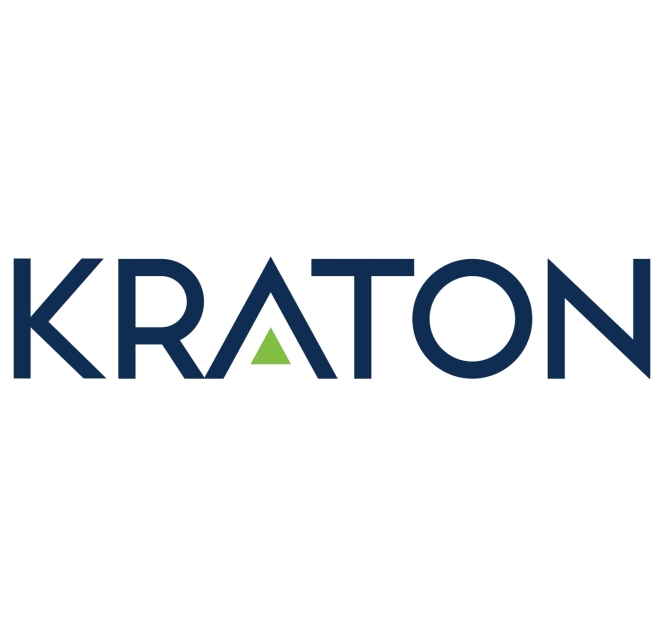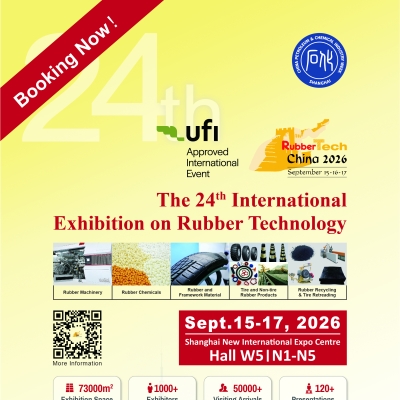Polymer Industry Cluster Announces Location Of Innovation Pilot Facility
- By TT News
- September 20, 2025

The Polymer Industry Cluster, in partnership with The University of Akron (UA), has announced the selected location for a new innovation pilot facility dedicated to provide crucial resource for innovators by offering the specialised space and equipment needed to transition new materials from research to market.
A significant advancement for Northeast Ohio's polymer industry, the new scale-up facility will be built on the UA campus next to the existing National Polymer Innovation Center building. This proximity is designed to foster a powerful collaborative environment, giving users direct access to the centre’s advanced resources and expertise. Its location at the heart of the region's polymer corridor will provide a centralised hub for businesses and researchers across the area.
A primary goal of the initiative is to fill a recognised void in the product development cycle. The facility will offer turnkey operational space for both startups and established companies to conduct initial production runs and refine their manufacturing processes before committing to full-scale commercial operations. This support is vital for de-risking innovation and accelerating the launch of new advanced polymer products.
Funding was secured through a USD 31.25 million award from the State of Ohio's Department of Development, granted under the Greater Akron Polymer Innovation Hub programme. This state investment is further strengthened by an additional USD 10.4 million in matching contributions from local partners. The construction timeline is set to begin in the second quarter of 2026, following the vacating of the current Lincoln Building on the site and pending final state approvals. This project underscores a shared commitment to strengthening Ohio's position as a global leader in polymer science and manufacturing.
Hans Dorfi, Executive Director and Chief Innovation Officer, Polymer Industry Cluster, said, “This project underscores Akron’s position as the hub of polymer innovation. By placing this facility next to NPIC and close by other polymer and engineering labs, we’re ensuring that entrepreneurs, researchers and industry partners have the tools, environment and support needed to transform new ideas into commercial realities.”
UA President R J Nemer said, "The University of Akron is excited to make room for the polymer facility project. As the number one institution in the world for polymer science and plastics engineering, we look forward to working with our Akron area partners to elevate polymer research, expand development and amplify production right here at the UA campus."
Akron Mayor Shammas Malik said, “Locating the Polymer Industry Cluster innovation pilot facility on The University of Akron Campus demonstrates the importance of the University as a force for education and innovation within the pipeline of polymer development from idea to industry. This new addition complements the work of Bounce Innovation Hub, builds a new resource for our industry partners and highlights the City of Akron as the centre of polymer innovation at the state and national level. This new facility will be just a short walk from Akron's Rubber Worker statue in the heart of downtown which illustrates the importance of Akron's rubber past as a foundation for our polymer future.”
Mark Smale, Executive Director – Advanced Polymer Science, Bridgestone Americas and co-chair of the Polymer Industry Cluster, said, “This facility will represent a transformational step for the Polymer Industry Cluster. It will attract start-ups seeking to validate new materials, researchers aiming to commercialise discoveries and established companies looking to innovate without interrupting their current operations.”
Summit County Executive Ilene Shapiro said, “This new facility is not just an investment in physical infrastructure. It’s an investment in the future of our economy. By strengthening our position as the global centre of polymer innovation, we are attracting new jobs and talent and ensuring that groundbreaking research and manufacturing will continue to thrive right here in our region for generations to come.”
India Opens Anti-dumping Probe Into Halobutyl Rubber Imports From China, Singapore And US
- By Sharad Matade
- November 06, 2025

India has launched an anti-dumping investigation into imports of Halo-Isobutene-Isoprene Rubber (HIIR) from China, Singapore and the United States, following a complaint from Reliance Sibur Elastomers Private Limited, the Directorate General of Trade Remedies (DGTR) said in a notification.
The domestic producer alleged that the three countries were exporting the rubber to India at unfairly low prices, causing injury to the local industry. The company has sought the imposition of anti-dumping duties on the product, which is used in tyre inner liners, hoses, seals, tank linings, conveyor belts and protective clothing.
The DGTR said there was prima facie evidence that imports had risen “significantly” and were being sold below normal value, resulting in price depression and affecting the domestic manufacturer’s capacity utilisation and profitability. The authority noted that the dumping “is causing material injury to the domestic industry”.
The investigation will cover the period from July 2024 to June 2025, with an examination of injury trends dating back to April 2021.
HIIR, also known as halobutyl rubber, is classified under the broader synthetic rubber tariff category. Reliance Sibur Elastomers is currently the only producer of the material within India.
If the investigation confirms dumping and injury, the DGTR may recommend the imposition of duties to offset the impact and “remove the injury to the domestic industry”. Interested parties have 30 days to submit data and make their representations to the authority.
Global Carbon Black Market To Hit USD 44.8 Bln By 2034, Driven By Tyre And Autom Demand
- By TT News
- November 06, 2025

The global carbon black market is projected to grow from USD 27.88 billion in 2024 to USD 44.77 billion by 2034, expanding at a compound annual growth rate (CAGR) of 4.85 percent between 2025 and 2034, according to a new report by Towards Chemical and Materials, a research arm of Precedence Research.
The study estimates that the global market volume will rise from around 15.15 million tonnes in 2025 to 21.83 million tonnes by 2034, growing at a CAGR of 4.14 percent, driven primarily by increasing demand for tyres, automotive components and high-performance plastics.
Carbon black – a fine black powder made through the incomplete combustion of hydrocarbons – is a critical material used to reinforce rubber in tyre production and enhance strength, durability and UV resistance in plastics, coatings, and batteries.
Asia Pacific accounted for about 58 percent of global market share in 2024 and is expected to remain the largest and fastest-growing regional market, supported by expanding tyre and rubber manufacturing bases in China, India and Southeast Asia. The region’s carbon black market was valued at USD 16.95 billion in 2025 and is projected to reach USD 26 billion by 2034.
“The Asia Pacific region continues to lead both in production and consumption of carbon black, owing to its strong automotive, tyre and plastics industries,” the report noted, adding that China remains the world’s largest producer and consumer.
The furnace black segment dominated the market in 2024, accounting for about 60 percent of global industry share, due to its superior reinforcing properties in tyres and versatility in plastics and coatings. Meanwhile, the tyres and rubber products segment held a 55 percent share, reflecting the material’s indispensable role in the automotive sector.
Performance applications such as batteries, conductive polymers, and specialty coatings are emerging as key growth drivers. Demand for specialty carbon black and conductive grades is rising with the proliferation of electric vehicles, renewable energy systems, and electronics manufacturing.
Artificial intelligence (AI) is also shaping the carbon black industry, with automation and predictive analytics enhancing process efficiency, product consistency, and sustainability, the report said. AI-driven systems are enabling real-time monitoring and predictive maintenance in production plants, reducing waste and energy consumption.
Sustainability remains a key trend, with manufacturers investing in greener technologies, renewable feedstocks and recovered carbon black (rCB) from recycled tyres to meet circular economy goals. “Turning end-of-life tyres and rubber waste into recycled carbon black is opening new sustainable pathways for producers,” the study noted.
Among key players profiled in the report are Tokai Carbon Co., Ltd., Continental Carbon, Jiangsu C-Chem Co., Ltd., Himadri Speciality Chemical Ltd., Sid Richardson Carbon & Energy Company, Cancarb Limited, Philips Carbon Black Ltd., OCI Company Ltd., Columbian Chemicals Co. (Birla Carbon), Aditya Birla Group, and Raven SR, LLC.
Recent industry developments include PCBL Chemical Ltd.’s establishment of a wholly owned US subsidiary in Delaware in July 2025 to enhance supply chain localisation and strengthen its North American footprint, as well as the West Bengal government’s efforts to attract foreign investment in its carbon black industry to support the electric vehicle, tyre, and battery markets.
The report also forecasts rapid growth in North America, fuelled by clean manufacturing practices, sustainable process adoption and expansion in high-performance plastics and battery applications. Europe, meanwhile, is benefiting from stricter environmental regulations and the EU Green Deal, which are promoting eco-friendly and specialty grades.
The global carbon black market is expected to maintain steady long-term growth as manufacturers diversify into advanced applications and invest in sustainable production technologies to meet evolving industrial and environmental demands.
Kraton To Streamline Berre Polymer Operations Focus
- By TT News
- October 26, 2025

Kraton Corporation, a leading global producer of speciality polymers and high-value biobased products derived from pine chemicals, has revealed a new strategic initiative for its Berre, France facility. The plan involves streamlining its polymer operations to concentrate exclusively on manufacturing USBC products, which will result in the cessation of HSBC production at that site.
This move is designed to bolster Kraton's long-term competitiveness by optimising its manufacturing footprint in reaction to a global overcapacity for HSBC. The company has formally started an information and consultation process with the local Works Councils, with a final decision expected following this mandatory period. The company has reaffirmed its commitment to supplying HSBC from its broader global network and to leveraging its worldwide presence to continue adapting to market demands.
Prakash Kolluri, President, Kraton Polymers, said, “Our aim with this plan is to strengthen Kraton’s long-term competitive position by optimising our manufacturing footprint in response to changing market dynamics associated with global overcapacity of HSBC production capability. With this step, we are preparing Kraton for a sustainable future by securing Kraton’s position as the leading global HSBC producer. Kraton is fully committed to supporting our customers through this transition with supply of HSBC products produced within our unmatched global manufacturing network. We recognise the impact of these actions, and are committed to a safe, respectful and supportive transition. The health, safety and well-being of the employees remain our top priorities.”
Continental Advances Circular Economy In Tyres By Expanding Use Of Recycled Materials
- By TT News
- October 23, 2025

Continental is accelerating its transition towards a circular economy by systematically increasing the use of renewable and recycled materials in its tyres. The company, which averaged a 26 percent sustainable material share in 2024, has set an ambitious target to raise this to at least 40 percent within five years. This strategy involves not only internal innovation but also actively encouraging its supply chain to develop and provide more sustainable raw materials.
A critical area of development is finding green alternatives for reinforcement materials like steel and textiles, which are essential for tyre safety, durability and performance. These materials can constitute over 18 percent of a passenger car tyre, and even more in commercial vehicle tyres. Continental is already integrating recycled steel and is pioneering the use of polyester yarn made from recycled PET bottles. Depending on the tyre size, the carcass of a single passenger car tyre can incorporate the equivalent of up to 15 bottles. This recycled polyester, developed with partner OTIZ, is verified to cut CO₂ emissions by approximately 28 percent compared to conventional materials and is already featured in production tyres like the UltraContact NXT.
The company's sustainable material portfolio extends beyond reinforcements. It includes synthetic rubber derived from used cooking oil, bio-based resins from waste streams and silica obtained from rice husk ash. Complementing these material advances is a commitment to greener manufacturing processes. Together with Kordsa, Continental has developed COKOON, an adhesion technology that bonds textiles to rubber without harmful chemicals. In a move to uplift the entire industry, this innovative solution has been made available to all tyre manufacturers as a free, open-source license, demonstrating Continental's broader commitment to fostering industry-wide sustainability.
Dr Matthias Haufe, Head of Material Development and Industrialization, Continental Tires, said, “We are not reinventing the wheel – but we are reinventing the tyre, with more sustainable materials and more environmentally compatible production processes. It’s not just about the rubber itself. We also focus on the materials that give the rubber its shape and make tyres stable and safe. Recycled steel and polyester yarn made from recycled PET bottles are important for more sustainable tyre production. Our goal is to use at least 40 percent renewable and recycled materials in our tyres within five years. Every alternative material brings us an important step closer to this goal. When it comes to sustainability, it’s not just the materials we switch to, but also those we deliberately do without.”







Comments (0)
ADD COMMENT